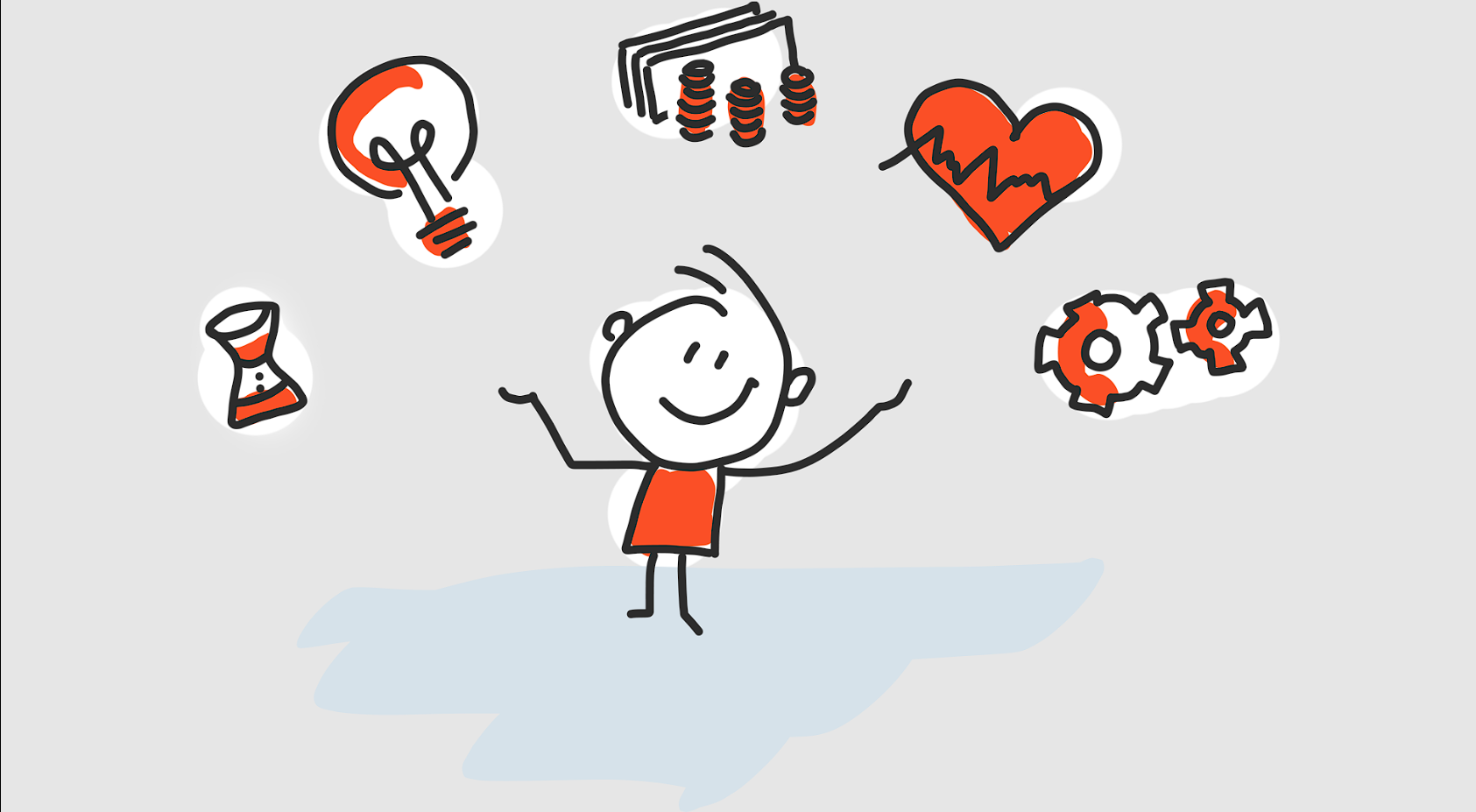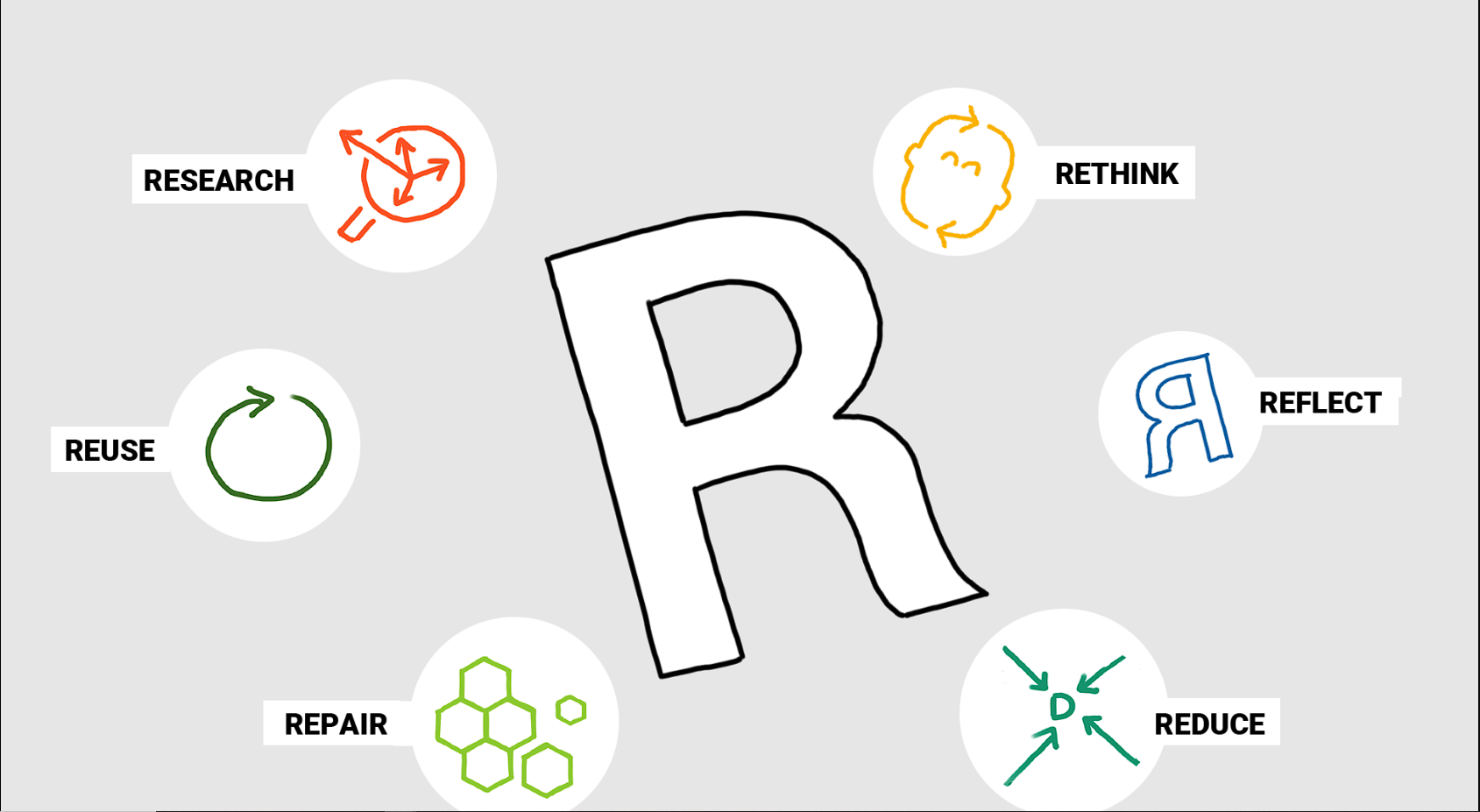In our blog today, we’re exploring the concept of Sustainable UX and asking a critical question: is it merely old ideas dressed up in new clothes?
Usability and user experience (UUX) play a crucial role in the effective development and use of products and services. However, does a positive user experience (UX) automatically equate to sustainability? We argue that it doesn’t. Achieving sustainability in UX requires more than just a good user experience.

In our view, sustainable UX goes beyond merely providing a positive experience for users. It involves designing digital solutions that not only enhance user satisfaction but also contribute to environmental and social value. In other words, it’s about creating digital experiences that benefit both users and the world around us.
Let’s break it down. Sustainable UX is about designing digital experiences that not only meet users’ needs but also consider the long-term impact on the environment and society. Sounds familiar, right? That’s because it’s rooted in principles we’ve known for a while – creating user-friendly designs that also think about the bigger picture.
But here’s where it gets interesting. Sustainable UX Process isn’t just a rehash of old ideas; it’s a fresh perspective on how we approach UX design. It challenges us to think beyond the screen and consider how our decisions affect the world around us.
So, while some aspects of Sustainable UX might echo traditional UX principles, it’s more than just a new package for old ideas. It’s a call to action to rethink our design process and make sustainability a core part of it.
In conclusion, Sustainable UX might have its roots in familiar concepts, but it’s paving the way for a more thoughtful and responsible approach to UX design. It’s not about reinventing the wheel; it’s about giving it a greener spin.
6Rs of Sustainable UX Process
We’re committed to sustainable development, and our approach revolves around our 6Rs framework. This framework adapts sustainability principles to the digital realm, ensuring that your product aligns with environmental and social goals. Here’s how we do it:

- RETHINK: We challenge existing solutions and develop innovative, sustainable approaches tailored to your product’s needs.
- RESEARCH: We conduct thorough analysis of user requirements, technical capabilities, and ethical considerations, laying a solid foundation for decision-making.
- REFLECT: We guide you in making bold, future-proof decisions based on our research and insights, ensuring your product’s long-term sustainability.
- REDUCE: Through user involvement and optimization of design and software, we enhance the efficiency of your product, minimizing resource consumption.
- REPAIR & REUSE: We adopt a modular design approach, creating reusable elements and incorporating them into living style guides, promoting longevity and minimizing waste.
With our 6Rs framework, we empower you to develop digital solutions that not only deliver exceptional user experiences but also contribute positively to the environment and society. Let’s work together to create a more sustainable future.
Final Words
In conclusion, while usability and user experience (UUX) have long contributed to the business landscape, they don’t automatically translate into meaningful contributions to the environment and society. Sustainable UX Process represents a crucial evolution in this regard, offering a win-win-win scenario for the economy, environment, and society.
To truly achieve sustainable UX, companies must go beyond efficiency considerations and proactively address potential negative impacts on individuals, society, and the environment from the outset of the development process. This requires a mindset shift towards prioritizing sustainability, values, and societal benefits alongside traditional business goals.
Designers play a pivotal role in this shift, wielding their influence to ask the right questions and advocate for efficiency, sustainability, and societal value in the development of new technologies, products, and services. By assuming responsibility and raising awareness, designers can help shape a future where digital solutions not only deliver exceptional user experiences but also contribute positively to the world we live in.




